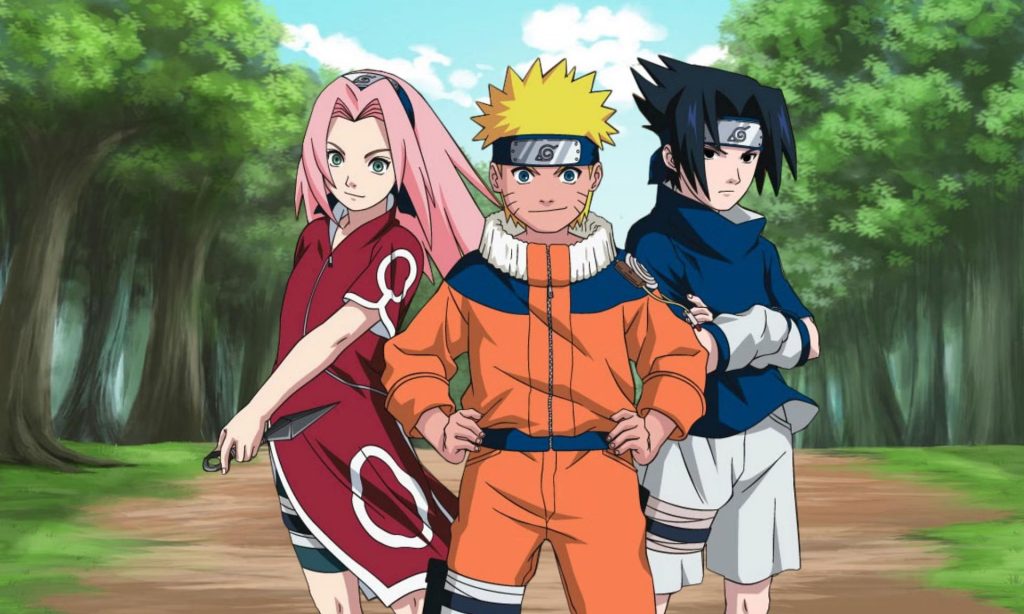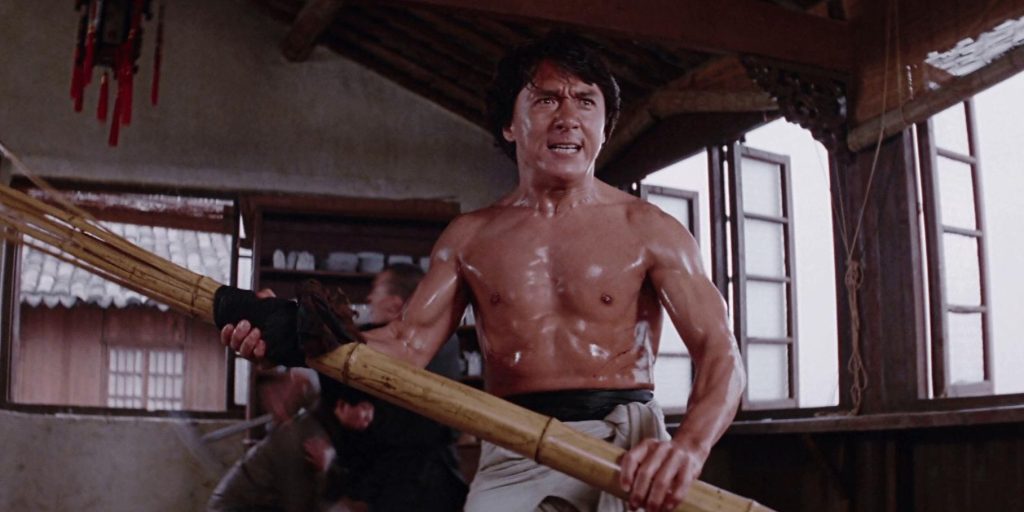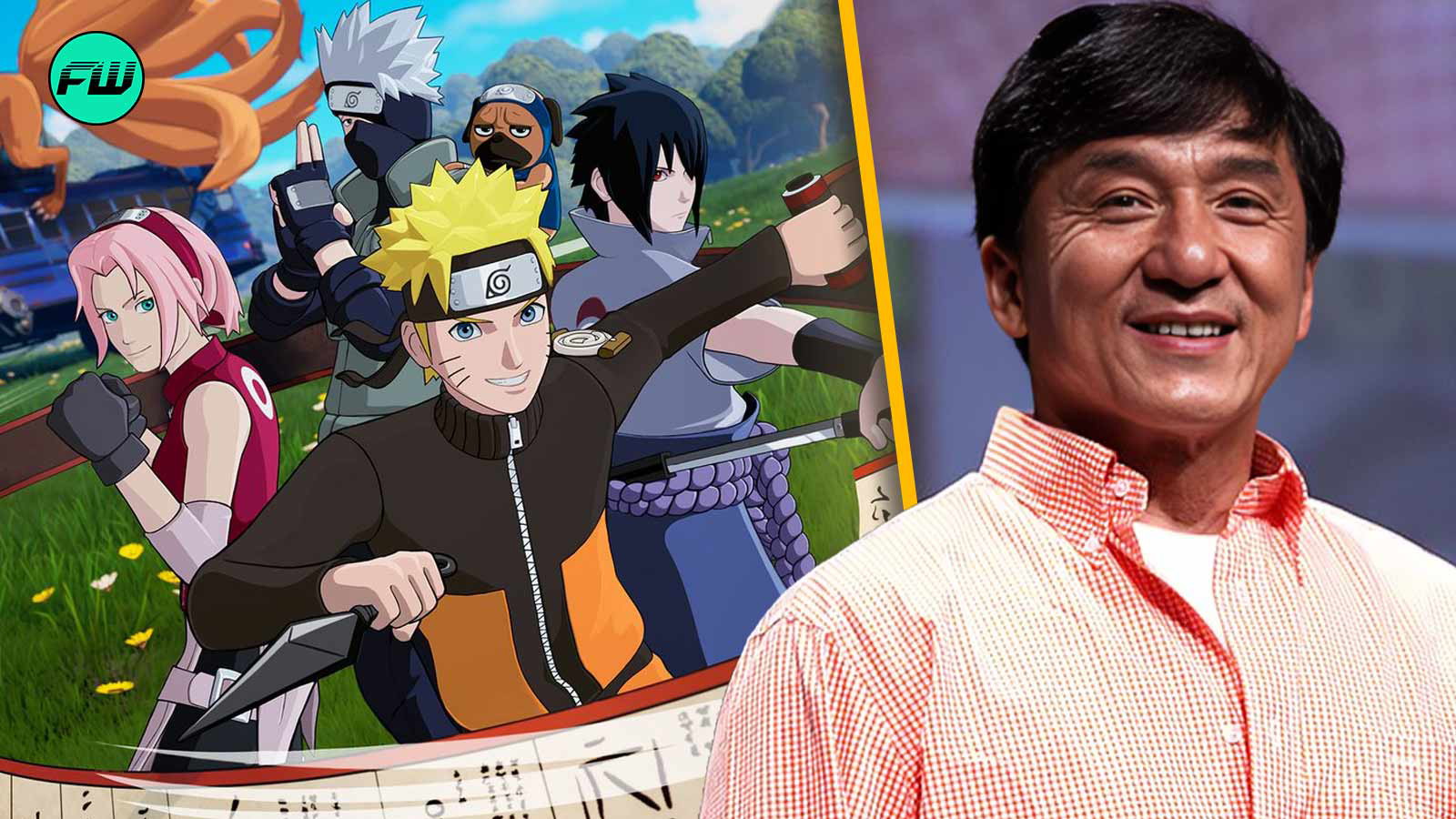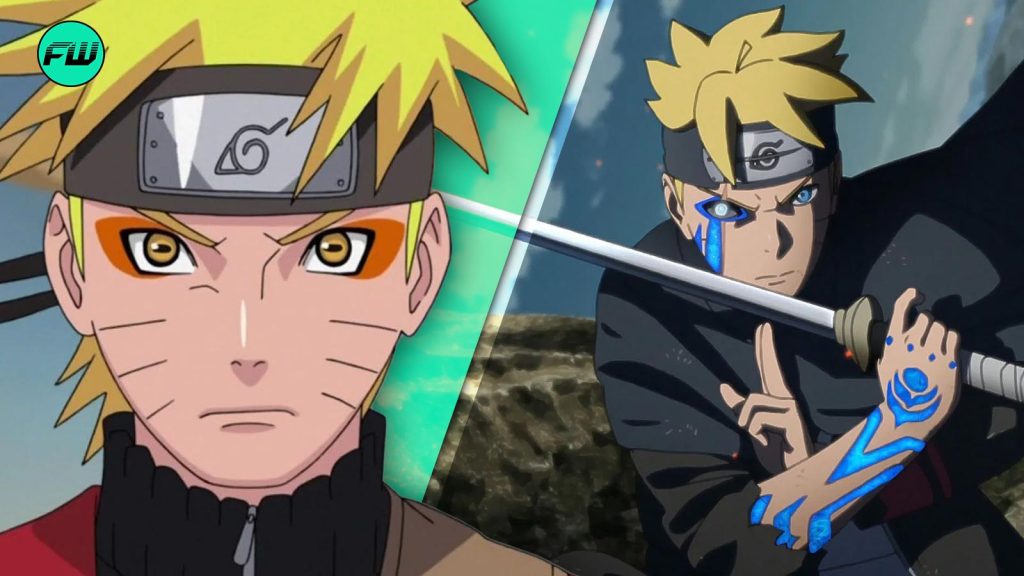Masashi Kishimoto’s Naruto as an action manga holds the duty of representing thrilling sequences in separate frames and images. The art of manga involves telling a story through illustrations and little text to support and balance it. It is the epitome of show, not tell but through written and drawn formatting. When it comes to showcasing action through these images, the impact becomes more important than anything else.

Naruto as a ninja Shonen manga had a lot to hold when representing action sequences. A lot of the story was to be carried by these scenes and so they had to be different and impactful. To incorporate that emphasis, visual queues can often be taken. Kishimoto found these queues, coincidentally, in Jackie Chan films.
Masashi Kishimoto Used Jackie Chan’s Method of Emphasis
Naruto has some interestingly iconic fights that all hold some or the other unique visually striking features. When drawing such scenes in the manga, there have to be certain things kept in mind about how it is through still images that these scenes are to be portrayed. One particular way these action sequences are shown is through multiple angles.

During Masashi Kishimoto’s interview with Kobayashi (via Naruto Fandom), he talked about how to add emphasis to his own work, he needed to visually represent power as well. It was through Double Action, a technique that allows focus on the hit itself to direct power and strength rather than anything else around it.
This was something Kishimoto often saw being used in Jackie Chan’s movies and “he wanted to use that effect in his manga.” It helped put focus on the attack itself rather than the background. The more the hit is shown, the more impactful it seems.
Emphasis with Omittion
Masashi Kishimoto was asked during the interview about why he has a habit of removing faces during scenes when characters land hits on each other. At first, the interviewer too seemed confused about whether or not the decision was intentional. However, upon further understanding, Kishimoto revealed that the reason he chose to remove the faces in those scenes was to redirect the audience’s attention.

It wasn’t about those who got hit and their expressions but how the hit was impacted. He stated that “it is cooler that way, because rather than the focus being on the face, the focus of attention is on the body’s [recoil] and it’s more expressive that way.”
The more the focus diverts on the hit itself, the more impactful and powerful it appears to be. The characters will always remain in focus but when they are not, it is a direct queue of them not being the centre of attention. Through these realistic movie techniques, Kishimoto was able to implement direct action sequences through panel illustrations.




